Analysis of Natural Gas and Natural Gas Liquids
Introduction
Typically, natural gas is bought and sold on an energy basis; therefore, composition analysis is required to determine its heating value or BTU content, in addition to other properties such as specific gravity, compressibility, etc.
The Gas Processors Association (GPA) has published methods for the analysis of natural gas and demethanized hydrocarbon liquid mixtures (Standards GPA 2261 and GPA 2177).
Components of interest include oxygen, nitrogen, carbon dioxide, light hydrocarbons and heavier hydrocarbons grouped by backflushing. The grouped peak comprises hexane and heavier components (C6+) in the gas method (GPA 2261) and heptane and heavier (C7+) in the liquid method GPA 2177.
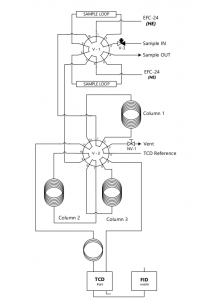
Figure 1. Flow diagram Natural Gas System B
Hydrogen sulphide, a component often present in natural gas, is frequently of quantitative interest. Although it is eluted as a well-defined peak from the specified column, special precautions may be needed to obtain satisfactory accuracy.
Experimental
The analytical system (Figure 1) provides the requirements of both of these methods.
Three columns are used to accomplish the single-channel analysis of natural gas: (1) a molecular sieve for oxygen and nitrogen separation, (2) a short stripper DC-200 column for separating the hexanes- (or heptanes-) plus fraction from the lighter components, and (3) an analytical DC-200 column for the separation of air, CO2, H2S and C1 through C5 hydrocarbons.
The 10-port valve allows two simultaneous injections, one onto the molecular sieve column, the other onto the short DC-200 column. The columns are connected to a 12-port valve which is plumbed to provide two functions: (1) sequence reversal of the two DC-200 columns, with backflush of the C6+/C7+ group from the shorter stripper column to the detector, and (2) backflush to vent of the molecular sieve.
The sequence of the DC-200 columns is reversed as soon as the lighter components through n-pentane pass from the short column into the analytical column. The column system is designed to elute oxygen and nitrogen from the molecular sieve before the time required for the sequence reversal. This ensures that the permanent gases have been detected before the 12-port valve is switched to backflush the C6+/C7+ peak to the detector. The grouped “heavies” peak is followed by the individual peaks of the remaining components (Figure 2).
Chromatograms
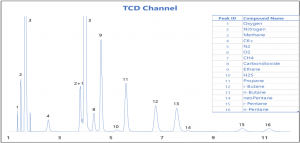
Figure 2. Natural Gas standard on 2nd TCD
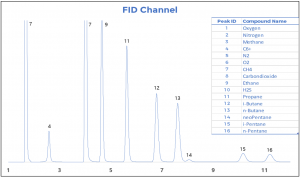
Figure 3. Natural Gas standard on FID
Available Options
The Natural Gas system B hardware can be upgraded with a number of options:
For natural gas liquids (GPA standard 2177), an optional 4-port liquid sampling valve can be installed. This injects the liquefied gas into the DC200/500 columnset. The molecular sieve column is not used since oxygen/nitrogen separation is not needed on liquefied samples.
In those cases where the Helium and-/or Hydrogen content needs to be quantified too, an additional packed column channel can be added. This consists of another Injection+Backflush valve, packed columns and TCD operated with nitrogen carriergas. See figure 4.
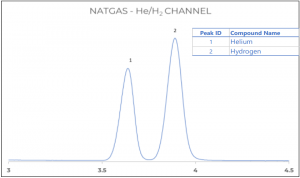
Figure 4: Helium and Hydrogen analysis on 1st TCD
Instead of adding a He/H2 channel *) a dedicated low sulfur channel can be added too.
This channel consists of a GSV, S/SL or mini gassplitter, capillary column and PFPD or SCD detector.
This channel can provide detailed information about the content of hydrogen sulphide, carbonyl sulphide and mercaptans. See figure 5 below.
*) NOTE: A SCION Gaschromatograph can accommodate maximum 3 detectors. So, only one additional channel can be added.
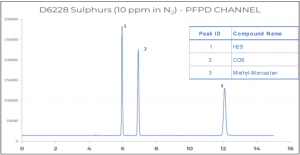
Figure 5. Sulfur components in Natural gas by means of PFPD
Software
The dedicated Natural Gas Reporting Tool is a powerful plug-in software package in the SCION CompassCDS which allow calculations according all common standards. The report can be customized according the users’ wishes.
Download Application Note
Download the complete Application Note: Analysis of Natural Gas and Natural Gas Liquids
CompassCDS
In this application the SCION CompassCDS was used to conduct this research. Find out more about the SCION CompassCDS.
If you wish to speak to a member of our team about more information, please don’t hesitate to contact us. Or if you wish to keep up to date with SCION Instruments latest research and articles, why not join us on social media and sign up to our newsletters today?
